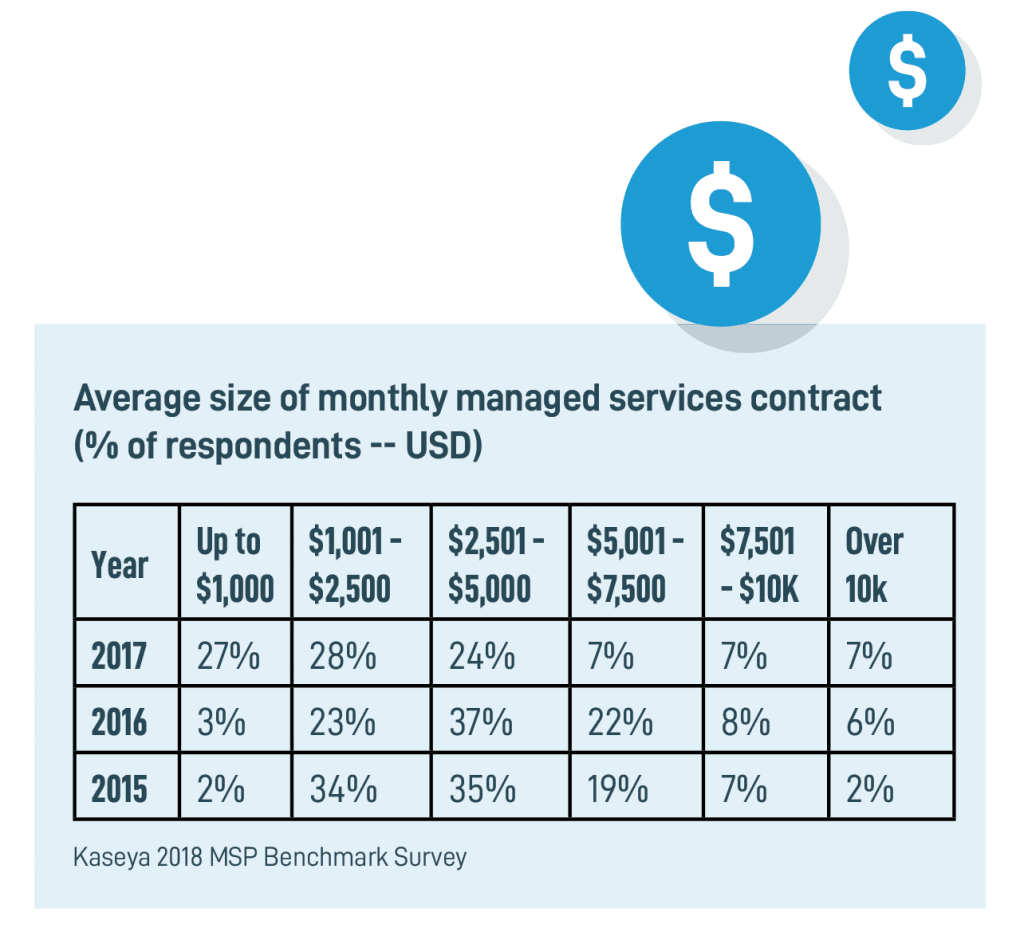IT outsourcing is when a business uses an external IT service provider to deliver some or all of the functions required by a company and includes managing infrastructure, IT strategy, and running the service desk. IT providers can take full responsibility for all maintenance and support. This approach is also known as fully managed services. They can also provide additional support to an internal team, an approach usually taken by larger organizations.
No matter the size of your business, the large majority of companies have some IT requirements. Many companies will find IT critical to the day-to-day of their business. Not only do you need to think about the business’s overall IT requirements, but each department within the company. It’s not uncommon for each department to have their individual needs – such as specialized programs, software or workflows.
Most businesses will need some dedicated IT resource. Still, the trouble comes in deciding whether to build your own internal IT team or opt for outsourced IT support. There are benefits to both approaches. However, the key to success is determining which is the best fit for your business.
In-house IT support
Hiring the right people with the right experience and qualifications can allow you to build a support team with in-depth and specialist knowledge that correlates directly to your company’s specific systems. If based on-site, they will most likely be available immediately and solve issues reasonably quickly. Some companies see this as invaluable for potential emergencies, such as security breaches.
However, it can take time, patience and significant capital to build an internal IT team. Businesses must also understand what skills they will require in the future to create an effective team, and even for the most forward-thinking business leader, this is not easy to predict.
One-off recruitment fees are not the only consideration. The average salary for an IT specialist, according to Glassdoor, is around $86,000. For an IT Manager, you could be looking at $108,000 or higher. You’ll also need to think about ongoing training costs along with salary considerations because you’ll want your team to stay up to date with current best practices and certifications.
Another con to working solely with an internal IT team is the need to rely on only one or two people to manage your entire IT environment. Even the most experienced IT specialist will have knowledge gaps. Relying solely on a small team could cause you problems with sickness or holiday cover or potentially lead your team members to become burnt out. What would happen in the event of one member of your two-person team being on holiday and the other falls sick? You also need to consider who will be responsible for covering issues outside of regular working hours. You cannot realistically expect a single person to be on call 24/7, 365 days a year.
Outsourced IT support
One of the most significant benefits of IT outsourcing is the financial advantages it offers. Generally, outsourced IT support is more cost-effective than an in-house team, and you can expect to pay a fixed rate. The exact price typically depends on the number of users and the level of support, but outsourcing tends to be the most cost-effective once you do the calculations.
With outsourced IT support, you have support whenever you need it, so you don’t have to worry about things like sick days and holiday cover. Most IT providers have a dedicated out-of-hours line to access support whenever you need it and can resolve many issues remotely, so you may not need a full-time team on-site at all times.
You will also have on-demand access to a broader pool of expertise. A quality IT partner will have staff with a range of experience and qualifications, and as such, should be able to find someone to help, whether it’s to assist with a quick fix or for long-term projects. With an internal IT team, they may lack experience in a particular area, which may mean you need to bring in a freelance consultant. While they may only be short-term hires, contractors often require higher day rates.
Some critics argue that a third party will never be as effective as an employee or be concerned about data privacy, data ownership and disaster recovery. However, with the right IT managed services provider, you can easily avoid most of these issues with agreements in place governing the quality of service you receive. Service Level Agreements outline and prioritize how to handle the problems that arise, response times and the penalties should they not be achieved. Customer retention rate and recommendations can also give you a rough idea of quality.
It can be challenging to decide which approach is the right fit for your company. The most important thing is to find the right IT service provider who understands your business needs.








